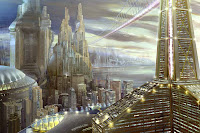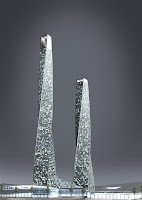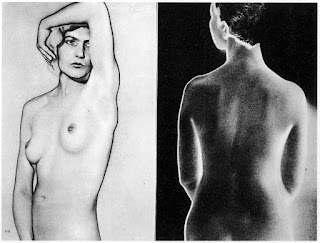Bill Brandt
Bill Brand is brillliant Surrealist mainly using the female form. For the era that he was working on these images they were rather ground breaking. He took a series of images using a wide angle lens which showed the human body in unusual spaces and places. The images taken from different viewpoints showed the body as elongated and distorted loosing all sense of scale and proportion. Brandt was interested in shape form and scale. He was looking at the relationship between the human body and natural shapes and forms as well as distortion. Angle and camera viewpoint helped to create the body into abstract shapes which look to large for their environment or part of the overall composition.
When Brandt photographs outside, he takes his nudes to a whole new level wherein body and earth blend into one, fingers become stone and limbs are in unison with the landscapehttp://www.faheykleingallery.com/featured_artists/brandt/brandt_09.htLink to article on Brandthttp://www.vam.ac.uk/collections/photography/features/photo_focus/brandt/biography/index.html


Underwater photogaph of my own feet. The close up and underwater magnificationhas created a sense of distortion and disportionate scale.
Two photographs by Brandt showing distortion and unusual scale using feet.The first images shows what appears to oversized feet in a small room and the second shows how a foot has been used to blend into the environment and becomepart of the overall compositon of the beach.

I captured this image of another student who was relaxing in this silent space with the idea to show that even those that can hear can experience the silence of being underwater and that the use of hearing and voice is not necessary to feel comfortable in a place.
Bill ViolaBill Viola is an artist best known for his video installation work and
Viola’s video installations are total environments that envelop the viewer in image and sound— http://www.billviola.com/biograph.htm
The link below gives a detailed description of Ascension 2000- which explores human emotion and the part that water plays when you are submerged.
http://www.billviola.com/pm_viola_eng.pdfSee Bill Viola - An Ocean without a shore on you tube - link below
http://www.youtube.com/watch?v=eTakwOpWqG4Bill Viola created a film in which he is encapsulated within a small confined underwater space -
http://www.bbc.co.uk/photography/genius/gallery/ray.shtml
This is a self portrait captured underwater lying on the bottom of a swimming pool. Within this image I am exploring my natural and comfortabe existence underwater. To me being underwater has no alternative affect on my senses. I am unable to hear and have no veral language above water so I am at home in a silent underwater space.
Bill Brandt
Within this image Bill Brandt is experimenting with scale but I am looking at the relationship here of the ear - and sound - and the silence of being underwater to the noise and sound of the sea. A link between silence space and that of tranquil space. It is said that the sound of the sea is calming and relaxing but having never experienced that I am unsure as to what it sounds like. I do have an infinity with water and find that when I am near it , on it (surfing) in it ( swimming) or under it (diving) I am totally at home and do not feel out of place - a sense of inner calm and tranquilty - a sense brought about by feeling rather than by hearing - my silent space.

Brandts images which were a distortion of the human scale in an environment lead me
back to land and that of images that I have taken on my travels and my deisre to always place myself ( or should I say my feet) within an image showing a distortion of scale, persective and reality.


The above image shows the London 'gherkin'and I took the image by lying down on he ground and raising my legs. If is a distortion of reality and truth and could also be viewed as a reflection .
My desire to create images like this came about on my travels when I felt the need to be creative using local landmarks or iconic buildings. The intention was to produce an illusion or surreal viewpoint which showed the relationship between the human form and that of the build or natural environment.
































